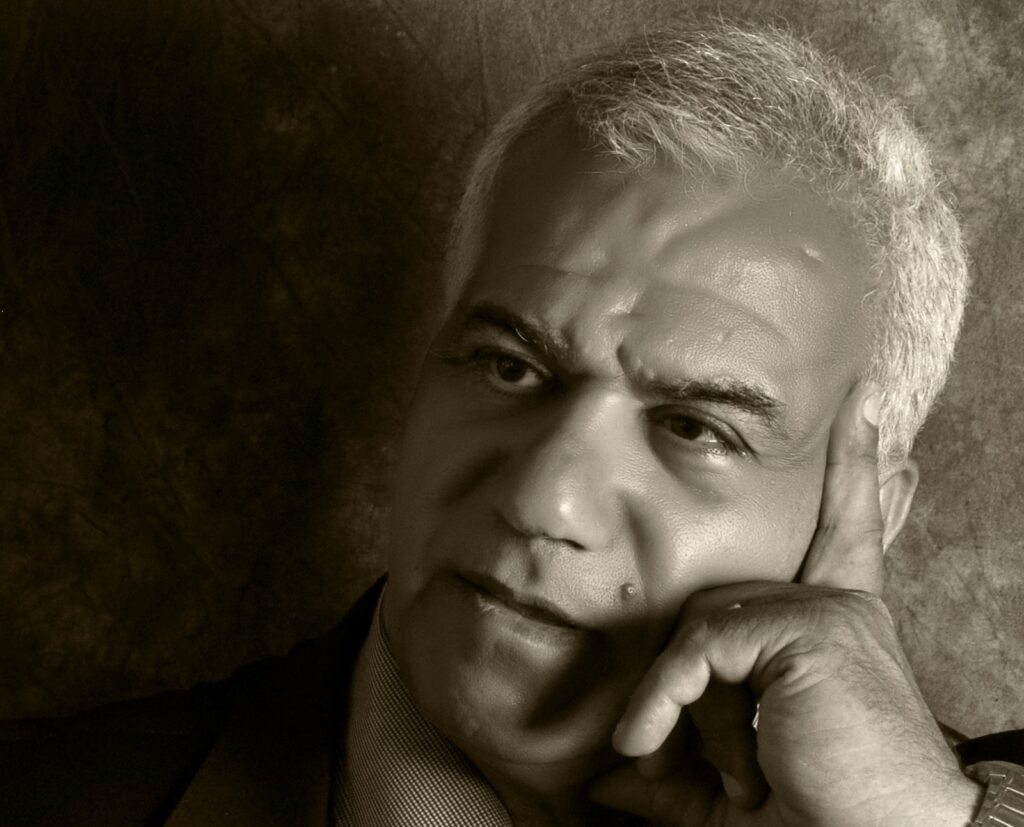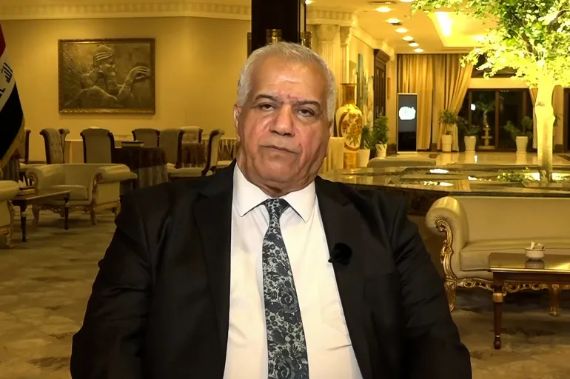By Hussein Hindawi
LONDON, May 19 (UPI) — I could have been among the thousands of bodies — now become skeletons — cramming mass graves that are being discovered near virtually every city in Iraq.
This stark evidence is emerging of perhaps the worst crimes committed by the toppled Baath regime of the deposed despot Saddam Hussein. Hardly a single family in Iraq was spared from the massacres against humanity committed by the ousted rulers, and we can expect many more such discoveries in the months ahead.
A young journalist at the time, I was arrested on May 10, 1971, 32 years ago. Capt. Saad al-Aazami, who was then in charge for a decade of torturing political prisoners, threatened to send me to the “death hole.” In recognition of his 10 years of faithful service as Saddam’s chief torturer, al-Aazami was appointed president of the National Wrestling Association and is now on the run.
I was luckier than many others as no damning evidence was presented against me, but 13 of my cousins were not so lucky. They ended up in one of Saddam’s mass graves. My 8-year-old niece Amina was injured and taken to a hospital after which Hussain Kamil, Saddam’s brother-in-law, ordered the elimination of all those in the hospital, including staff, doctors and patients.
Mass murder of political opponents is a basic feature of the ideology of the Baath Party founder, a Syrian named Michel Aflaq. But large-scale killing was only applied in Iraq after the Baath Party first came to power in a bloody coup d’etat in 1963. Mass executions became established state practice for 35 years, following the second Baathist coup in 1968.
The mass grave discovered in the area of Mahaweel near the ancient city of Babel puts to the lie Saddam’s claims that he came to power to restore the glory of the Babylon civilization. In fact, 40,000 sons of this holy region were executed on the site where Saddam later built one of his most luxurious palaces.
In 1969, shortly after the second Baath Party seized power the second time, al-Tahrir (“Freedom”) Square in the center of Baghdad witnessed the hanging of 20 Iraqis accused of belonging to a spy ring working for “Zionism and imperialism.” The corpses were buried in one mass grave in the capital, as tens of leftists were killed and dumped in another mass grave following a failed rebellion in southern Iraq.
In January 1970, 50 military and civilian personnel were executed on conspiracy charges and buried in yet another mass grave.
Although former Iraqi President Ahmed Hassan al-Bakr started the trend of mass graves during his 11 years in power, mass murder and burial sharply increased when Saddam “retired” al-Bakr in 1979. In fact, Saddam inaugurated his regime by personally supervising the massacre of 100 fellow Baath leaders, civilian and military, for conspiracy. They were interred in an unknown mass grave believed to be located in Baghdad.
During the 1980-88 war between Iraq and Iran, Saddam sent tens of thousands of troops and officers to mass death and burial after they were accused of treason and cowardliness. Executed on the battlefield by special death squads, their graves are as yet undiscovered.
Prior to the 1990-91 Gulf War, large mass graves continued to litter various parts of Iraq. Their occupants were Kurdish citizens, victims of the ethnic cleansing campaign carried out by Saddam’s cousin Ali Hassan al-Majid, known by his sinister nickname “Chemical Ali,” who served as governor of Kurdish northern Iraq from 1987-89.
With full executive powers and four army battalions under his command, Chemical Ali executed a campaign that resulted in the murder of 180,000 Iraqi Kurds and the arrest of 182,000. Indeed, al-Majid earned his nickname from Western diplomats and observers because of his “experimental” use of chemical agents to dispatch an estimated 40,000 victims. The fate of the majority of the incarcerated remains unknown; however, recent reports indicate thousands were buried in mass graves in the desert of Ar-ar, close to the Saudi borders, as well as to the north in Ramadi and near Mosul.
After such stunning “success” with the Kurds, the Baath regime targeted the Shiite community, subjecting it to organized extermination in the wake of their abortive rebellion following the first Gulf War. The number of Shiites executed in the spring of that year is estimated to exceed 200,000, mostly from cities in southern and central Iraq. Many Shiites believe the United States was indirectly responsible for the massacres because, having encouraged the insurrection, the United States declined actively to support it.
Although the mass killings tapered off, they continued until the end of the regime. In 1999, hundreds of Shiites were put to death for supporting religious leader Mohammed Sadiq al-Sadr, who was assassinated for opposing Saddam.
Saddam’s government repeatedly denied accusations by human rights groups and the Iraqi opposition of mass killings. The large number of mass graves discovered recently testify to the large-scale atrocities committed by the ousted regime, and are a source of embarrassment to Arab governments and human rights groups, which had long refused to acknowledge, much less seek to curb, such wildly macabre practices.
At present, hundreds of Iraqis are searching the mass graves uncovered in different parts of the country for the remains of missing loved ones. Voluntary committees, including university students, have been set up to document information on the identity of victims’ remains that are being unearthed.
Families of victims converged on the newly discovered mass grave in the city of Mahaweel, 55 miles (90 kilometers) south of Baghdad, desperately checking human bones and faded identity cards in search of the remains of a father, a brother or a relative who went missing under Saddam’s regime. So far, workers have unearthed 4,000 sets of remains from the site where some 15,000 victims are believed to have been buried.
Shortly after Saddam’s downfall, a mass grave was discovered in Basra containing the corpses of 126 people. More recently, another grave containing the remains of 40 victims was discovered in Abu al-Khassib, and 72 bodies were removed from a mass grave near the holy city of Najaf.
The Kurdish authorities have announced that they have discovered several mass graves near the oil centers of Kirkuk and Erbil with the remains of 4,000 people, including women and children, executed by firing squads.
The Center for Documentation of Human Rights in Iraq has estimated the number of mass graves created prior to 1994 exceeded 100. Found throughout the country, the sites usually were located near military barracks, large prisons and headquarters of the Baath party.
The mass graves are grim evidence of the atrocities committed by the Baath regime against the Iraqi people. What virtually every family in Iraq had experienced is now graphically and indisputably clear, for all the world to see.
The uncovering of the graves will not bring back my cousins and niece, any more than the overthrow of Saddam will bring back generations killed in his unending wars. The mass graves should, however, finally convince the most skeptical of the long overdue need and justification to remove this terrible scourge — this Butcher of Baghdad.
-0-
Hussein Hindawi is editor in chief of UPI’s London-based Arabic News Service.



